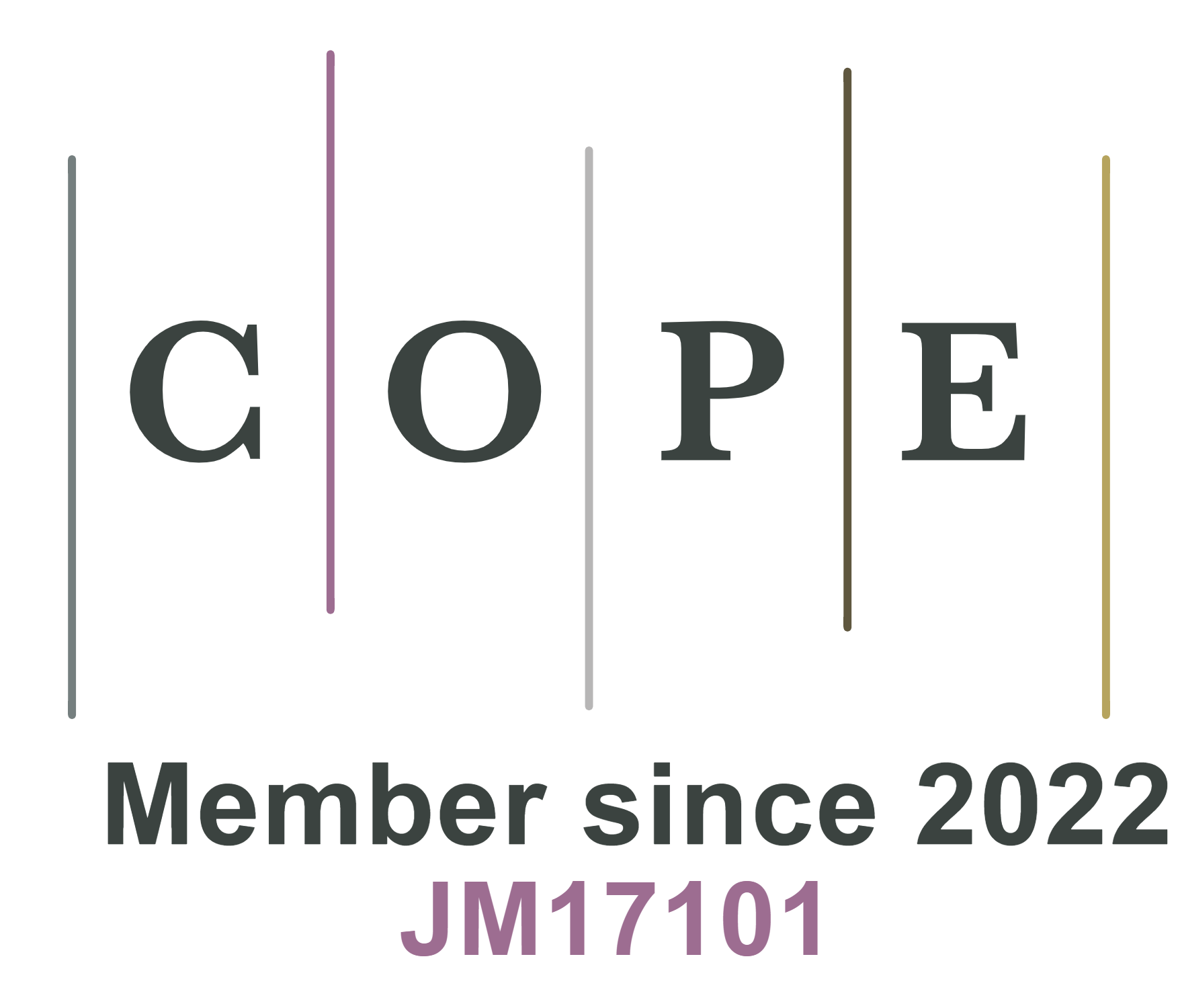REFERENCES
1. Li D, Hu H, Chen B, Lai WY. Advanced current collector materials for high-performance lithium metal anodes. Small 2022;18:e2200010.
3. Cheng XB, Zhang R, Zhao CZ, Wei F, Zhang JG, Zhang Q. A review of solid electrolyte interphases on lithium metal anode. Adv Sci 2016;3:1500213.
4. Zhang K, Lee G, Park M, Li W, Kang Y. Recent developments of the lithium metal anode for rechargeable non-aqueous batteries. Adv Energy Mater 2016;6:1600811.
5. Wang Q, Liu B, Shen Y, et al. Confronting the challenges in lithium anodes for lithium metal batteries. Adv Sci 2021;8:e2101111.
6. Liu K, Wang Z, Shi L, Jungsuttiwong S, Yuan S. Ionic liquids for high performance lithium metal batteries. J Energy Chem 2021;59:320-33.
7. Li G. Regulating mass transport behavior for high-performance lithium metal batteries and fast-charging lithium-ion batteries. Adv Energy Mater 2021;11:2002891.
8. Shen X, Liu H, Cheng X, Yan C, Huang J. Beyond lithium ion batteries: Higher energy density battery systems based on lithium metal anodes. Energy Stor Mater 2018;12:161-75.
9. Li G, Liu Z, Huang Q, et al. Stable metal battery anodes enabled by polyethylenimine sponge hosts by way of electrokinetic effects. Nat Energy 2018;3:1076-83.
10. Chen Y, Dou X, Wang K, Han Y. Lithium dendrites inhibition via diffusion enhancement. Adv Energy Mater 2019;9:1900019.
11. Albertus P, Babinec S, Litzelman S, Newman A. Status and challenges in enabling the lithium metal electrode for high-energy and low-cost rechargeable batteries. Nat Energy 2018;3:16-21.
12. Zhou P, Zhang X, Xiang Y, Liu K. Strategies to enhance Li+ transference number in liquid electrolytes for better lithium batteries. Nano Res 2023;16:8055-71.
13. Liang J, Chen Q, Liao X, et al. A nano-shield design for separators to resist dendrite formation in lithium-metal batteries. Angew Chem 2020;132:6623-8.
14. Wang G, Xiong X, Xie D, et al. Suppressing dendrite growth by a functional electrolyte additive for robust Li metal anodes. Energy Stor Mater 2019;23:701-6.
15. Din MMU, Murugan R. Metal coated polypropylene separator with enhanced surface wettability for high capacity lithium metal batteries. Sci Rep 2019;9:16795.
16. Wang C, Li W, Jin Y, Liu J, Wang H, Zhang Q. Functional separator enabled by covalent organic frameworks for high-performance Li metal batteries. Small 2023;19:e2300023.
17. Chen H, Lin Q, Xu Q, Yang Y, Shao Z, Wang Y. Plasma activation and atomic layer deposition of TiO2 on polypropylene membranes for improved performances of lithium-ion batteries. J Membrane Sci 2014;458:217-24.
18. Wu J, Zeng H, Li X, et al. Ultralight layer-by-layer self-assembled MoS2-polymer modified separator for simultaneously trapping polysulfides and suppressing lithium dendrites. Adv Energy Mater 2018;8:1802430.
19. Naren T, Jiang R, Qing P, et al. Stabilizing lithium metal batteries by synergistic effect of high ionic transfer separator and lithium-boron composite material anode. ACS Nano 2023;17:20315-24.
20. Zhang Y, Qiu Z, Wang Z, Yuan S. Functional polyethylene separator with impurity entrapment and faster Li+ ions transfer for superior lithium-ion batteries. J Colloid Interface Sci 2022;607:742-51.
21. Jin R, Fu L, Zhou H, et al. High Li+ ionic flux separator enhancing cycling stability of lithium metal anode. ACS Sustain Chem Eng 2018;6:2961-8.
22. Ding SY, Wang W. Covalent organic frameworks (COFs): from design to applications. Chem Soc Rev 2013;42:548-68.
23. An Y, Tan S, Liu Y, et al. Designs and applications of multi-functional covalent organic frameworks in rechargeable batteries. Energy Stor Mater 2021;41:354-79.
24. Zhou L, Jo S, Park M, et al. Structural engineering of covalent organic frameworks for rechargeable batteries. Adv Energy Mater 2021;11:2003054.
25. Ye H, Zhang C, Li Y, et al. Advanced covalent-organic framework materials for sodium-ion battery. Prog Nat Sci 2023;33:754-66.
26. Sun T, Xie J, Guo W, Li D, Zhang Q. Covalent-organic frameworks: advanced organic electrode materials for rechargeable batteries. Adv Energy Mater 2020;10:1904199.
27. Chang H, Wu Y, Han X, Yi T. Recent developments in advanced anode materials for lithium-ion batteries. Energy Mater 2022;1:100003.
28. Gao Z, Liu Q, Zhao G, Sun Y, Guo H. Covalent organic frameworks for solid-state electrolytes of lithium metal batteries. J Mater Chem A 2022;10:7497-516.
29. Niu C, Luo W, Dai C, Yu C, Xu Y. High-voltage-tolerant covalent organic framework electrolyte with holistically oriented channels for solid-state lithium metal batteries with nickel-rich cathodes. Angew Chem Int Ed 2021;60:24915-23.
30. Cao Y, Wang M, Wang H, Han C, Pan F, Sun J. Covalent organic framework for rechargeable batteries: mechanisms and properties of ionic conduction. Adv Energy Mater 2022;12:2200057.
31. Cao Y, Wu H, Li G, et al. Ion selective covalent organic framework enabling enhanced electrochemical performance of lithium-sulfur batteries. Nano Lett 2021;21:2997-3006.
32. Shi J, Tang W, Xiong B, Gao F, Lu Q. Molecular design and post-synthetic vulcanization on two-dimensional covalent organic framework@rGO hybrids towards high-performance sodium-ion battery cathode. Chem Eng J 2023;453:139607.
33. Wang S, Wang Q, Shao P, et al. Exfoliation of covalent organic frameworks into few-layer redox-active nanosheets as cathode materials for lithium-ion batteries. J Am Chem Soc 2017;139:4258-61.
34. Vadiyar MM, Kim J, Bae J, Nam K. Imidazole linker-induced covalent triazine framework-ZIF hybrids for confined hollow carbon super-heterostructures toward a long-life supercapacitor. Carbon Energy 2023;5:e344.
35. Sun R, Tan B. Covalent triazine frameworks (CTFs): synthesis, crystallization, and photocatalytic water splitting. Chemistry 2023;29:e202203077.
36. Liu M, Guo L, Jin S, Tan B. Covalent triazine frameworks: synthesis and applications. J Mater Chem A 2019;7:5153-72.
37. Zhang Y, Jin S. Recent advancements in the synthesis of covalent triazine frameworks for energy and environmental applications. Polymers 2018;11:31.
38. Wang K, Yang LM, Wang X, et al. Covalent triazine frameworks via a low-temperature polycondensation approach. Angew Chem Int Ed 2017;56:14149-53.
39. Liu M, Jiang K, Ding X, et al. Controlling monomer feeding rate to achieve highly crystalline covalent triazine frameworks. Adv Mater 2019;31:e1807865.
40. Evans J, Vincent CA, Bruce PG. Electrochemical measurement of transference numbers in polymer electrolytes. Polymer 1987;28:2324-8.
41. Chen Y, Mickel P, Pei H, et al. Bioinspired separator with ion-selective nanochannels for lithium metal batteries. ACS Appl Mater Interfaces 2023;15:18333-42.
42. Guo Y, Niu P, Liu Y, et al. An Autotransferable g-C3N4 Li+-modulating layer toward stable lithium anodes. Adv Mater 2019;31:e1900342.
43. Zhang R, Chen XR, Chen X, et al. Lithiophilic sites in doped graphene guide uniform lithium nucleation for dendrite-free lithium metal anodes. Angew Chem Int Ed 2017;56:7764-8.
44. Zhou T, Zhao Y, Choi JW, Coskun A. Lithium-salt mediated synthesis of a covalent triazine framework for highly stable lithium metal batteries. Angew Chem 2019;131:16951-5.
45. Bai P, Li J, Brushett FR, Bazant MZ. Transition of lithium growth mechanisms in liquid electrolytes. Energy Environ Sci 2016;9:3221-9.
46. Sand HJ. III. On the concentration at the electrodes in a solution, with special reference to the liberation of hydrogen by electrolysis of a mixture of copper sulphate and sulphuric acid. Lond Edinb Dublin Philos Mag J Sci 1901;1:45-79.
47. Kim D, Liu X, Yu B, et al. Amine-functionalized boron nitride nanosheets: a new functional additive for robust, flexible ion gel electrolyte with high lithium-ion transference number. Adv Funct Mater 2020;30:1910813.
48. Li L, Wang M, Wang J, et al. Asymmetric gel polymer electrolyte with high lithium ion conductivity for dendrite-free lithium metal batteries. J Mater Chem A 2020;8:8033-40.
49. Ghazi ZA, Sun Z, Sun C, et al. Key aspects of lithium metal anodes for lithium metal batteries. Small 2019;15:e1900687.
50. Xiao J, Li Q, Bi Y, et al. Understanding and applying coulombic efficiency in lithium metal batteries. Nat Energy 2020;5:561-8.









